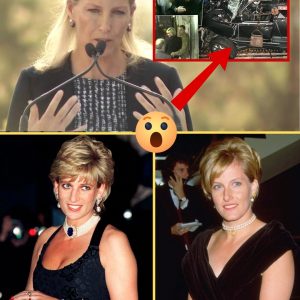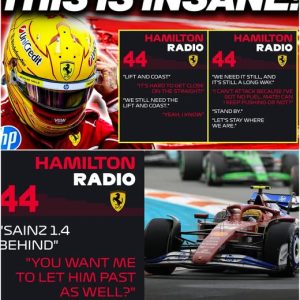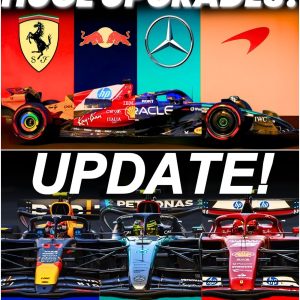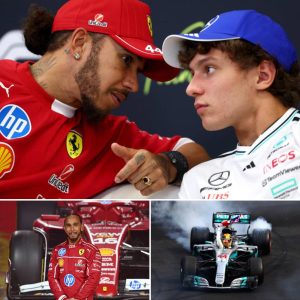Formula 1 in 2026: Resistance, Reinvention, and the Future of the Grid
As Formula 1 prepares to embrace a bold new set of technical regulations in 2026, a deep divide has emerged among drivers.
What should be a collective evolution into a more sustainable and forward-looking sport has instead become a battleground of philosophies, fears, and ambitions.
At the heart of the controversy lies a fundamental question: is the resistance to change rooted in legitimate concerns, or is it merely a fear of the unknown?

The Coming Revolution
In 2026, Formula 1 will shift to a hybrid power unit format that puts equal emphasis on electric and internal combustion propulsion. While the concept sounds simple — more electric power and smarter energy use — the ramifications are monumental. The new power units will feature a tripled electric output (from 120 kW to 350 kW), but with the same energy harvesting limitations. This is where the tension begins.
These changes are not limited to what’s under the hood. The cars themselves will have smaller tires and more compact builds, though their weight will remain roughly the same. Aerodynamic downforce is expected to decrease by up to 30%, which means less grip and slower cornering speeds. In short: these new machines will require a completely different approach from drivers and engineers alike.
Concerns from the Drivers
Several drivers have openly criticized the direction of these changes. Oscar Piastri of McLaren described the new regulations as introducing “unnecessary obstacles” that neither enhance competition nor entertainment. Charles Leclerc, after testing the 2026 Ferrari simulator, called the experience disappointing. Lance Stroll was even more blunt, likening the concept to a “scientific experiment focused on batteries.”
Their concerns center around two main themes: aerodynamic degradation and energy complexity. With less downforce and smaller tires, the cars will have less grip — particularly in the technical sections of circuits that showcase driver skill. Meanwhile, managing the limited electric energy per lap adds a new layer of cognitive demand. Drivers fear they will spend more time playing engineer with steering wheel controls than racing at their limits.
The International Automobile Federation (FIA) has responded by tweaking the rules. A gradual power reduction system has been proposed, and the fixed energy cap of 8.5 megajoules per lap has been replaced with a variable limit depending on circuit layout. These efforts have mitigated some fears, but not all.
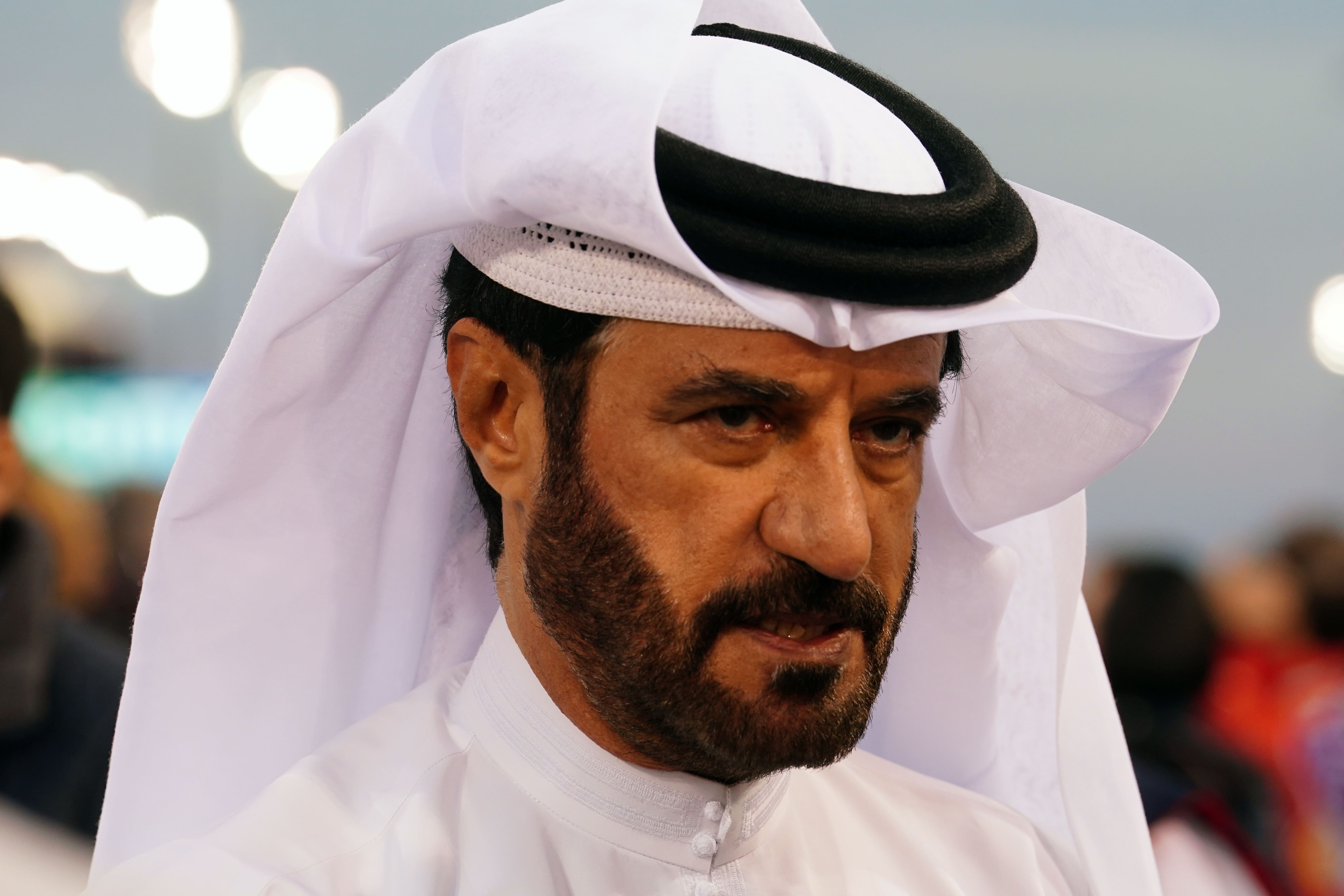
A Divided Grid
The 2026 regulations highlight a significant generational and psychological divide on the grid. While most drivers have voiced varying levels of concern or skepticism, one man stands apart in his optimism: Lewis Hamilton.
The seven-time world champion — now driving for Ferrari — views the 2026 changes not as an obstacle, but an opportunity. He sees a future where driver input into car development, especially regarding power deployment, will be more critical than ever. For Hamilton, the prospect of developing the future car while racing in the present is “fascinating.”
This divergence in mindset reveals a deeper truth about the sport: Formula 1 rewards those who evolve. Hamilton’s history of mastering changes in regulations — from tire suppliers to turbo hybrids — supports his belief that adaptability is as important as raw speed.
The Risk of Resetting the Hierarchy
One of the most compelling implications of the new rules is that they could upend the existing order of the grid. Drivers who have spent years mastering the nuances of the current cars may find themselves starting over. Leclerc noted that he will need to “abandon much of the knowledge” he’s built over his career — a daunting prospect for any elite athlete.
Younger drivers, theoretically, may have an edge. With less ingrained muscle memory and more neural plasticity, they might adapt quicker. The flip side is that their lack of experience with deep developmental cycles could hinder them. Still, this shift could lead to a surprising shake-up: newcomers rising fast, veterans stumbling, and mid-tier drivers closing the gap.
Despite all the concern, top speeds may actually increase due to more efficient power units and active aerodynamics. Acceleration could be improved, even if cornering is slower. This rebalancing of performance attributes means the stopwatch may tell a different story than the one drivers fear.
A Historical Perspective
Change has always been part of Formula 1. The sport began 75 years ago with front-engine cars, wooden steering wheels, and no seat belts. In those days, it was considered safer to be thrown from the car in an accident. Since then, F1 has transitioned through wings, turbos, carbon fiber, hybrid engines, and halo devices. Each time, drivers complained. And each time, the best adapted.
In 2022, the introduction of ground-effect cars brought its own share of criticism — notably due to porpoising issues — but the grid eventually adjusted. The upcoming 2026 changes are perhaps more radical, but not without precedent.
Carlos Sainz, who will be driving for Williams by then, summed it up best: “Drivers will adjust to whatever is available. If they need to make six or seven button changes per lap, they will.” His statement cuts through the noise. F1 drivers are professionals. They evolve, or they are replaced.
The True Battle: Adaptation
What’s truly at stake is not whether the 2026 cars will be “better” or “worse.” It’s a question of who will adapt fastest. Max Verstappen, now a four-time champion with Red Bull, will have to prove that his dominance extends beyond the current regulations. Hamilton, seeking his eighth title, sees this as a final frontier to prove his versatility. And rising stars like Piastri and Leclerc must decide whether to cling to their current skillsets or leap into the unknown.
In this sense, 2026 is not just a new era of car design — it’s a new era of driver psychology. The metrics for greatness may shift from precision under pressure to the capacity for reinvention.
Conclusion: The Birth of a New Formula 1
As the 2026 season looms, the tension within the paddock is palpable. Resistance to change is expected. But the greatest drivers in history have always found ways to thrive when the ground beneath them shifted.
This transition may feel disruptive now, but it could ultimately reshape Formula 1 into a more dynamic, strategic, and sustainable sport. The question is not whether the sport will survive — it will. The question is who will thrive in its next incarnation, and who will be left clinging to a vanishing past.
The clock is ticking. A new Formula 1 is being born. The grid is no longer just a lineup of fast drivers — it’s a test of who can reinvent themselves when it matters most.
Full Video:
